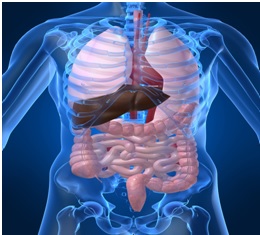Raymond Carlos Cruz
Theatre Department
George Mason University
November 11th, 2014

| Home | Syllabus | Title Page | Introduction | Background | Potential Benefits | Legal | Ethics | Security and Social Issues | Conclusion | Bibliography |

Bioprinting is a form of 3-D printing that uses live cells. The bioprinter uses bioink, which applies layers upon layers of these cells to eventually create an organ or a tissue. At a click of a button one can prevent health issues, and possibly prevent premature death. For example, "In Hangzhou Dianzi University in China announced it had created biomaterial 3D printer Regenovo, which printed a small working kidney that lasted four months. Earlier in 2013, a two-year-old child in the US received a windpipe built with her own stem cells" (Williams, 2014, para. 2). This type of technology is rapidly gaining momentum because of the successes of the examples stated above. However this raises an ethical issue in which people have to figure out the limits of how much technology will interfere with the natural occurrence of life. Gartner, a information technology research company, believes that by as early as 2016 we will see a growing debate in regulating technology or banning it for both human and nonhuman use (Sinclair, 2014, para. 11). One must keep in mind the needs of those who desperately need bioprinting to stay alive. The point of technology is the make our lives better. However a point that Pete Basiliere (2014), research director at Gartner, brought up was: "3D bioprinting facilities with the ability to print human organs and tissue will advance far faster than general understanding and acceptance of the ramifications of this technology " (as cited in Williams, 2014, para.5). This statement is accurate because bioprinting has not made it into the public agenda. It is not an issue we have to worry about because it is still in its trial phase. Though, it is still in its infancy, engineers, scientist, doctors, and IT specialist, can all modify this technology. The ethical questions of bioprinting will only continue to layer up as this rapidly growing technology comes into the minds of the public.